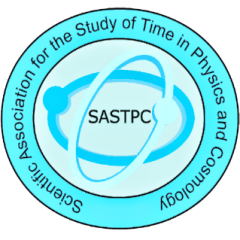Tuesday, July 29, 2014
First glimpse of Higgs Bosons at work revealed

Drone fly-by at Seattle’s Space Needle (VIDEO)
via adafruitOpportunity Rover’s record-breaking Mars drive, mapped

New correction to speed of light could explain SN1987 neutrino burst

A robot that grows

The Moon could be littered with fossils from Earth

(Credit: Mark Burchell et al., Philosophical Transactions of the Royal Society)
Best time to see 2014 meteor showers? Right about … now!

Teleportation is closer than you think



